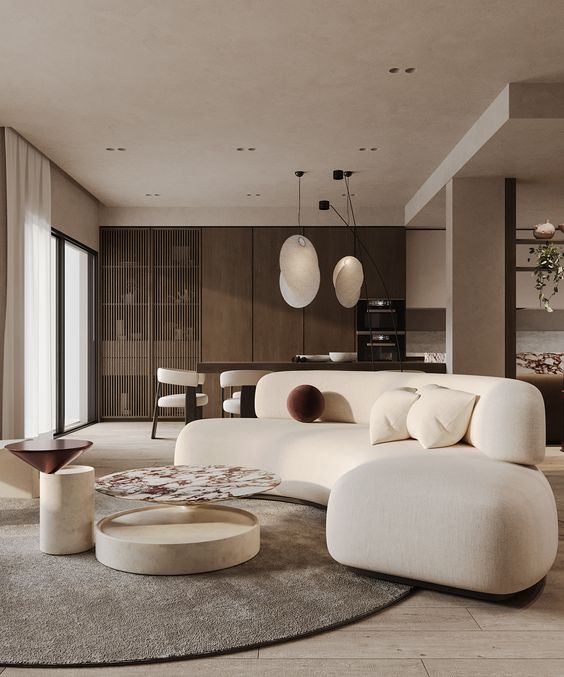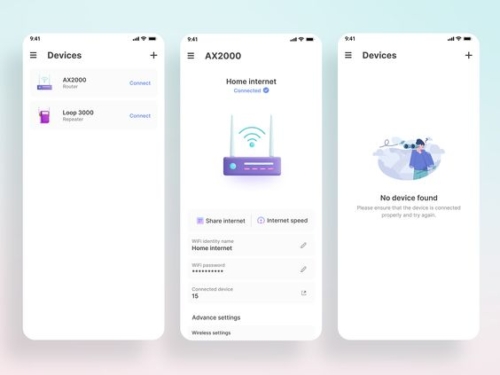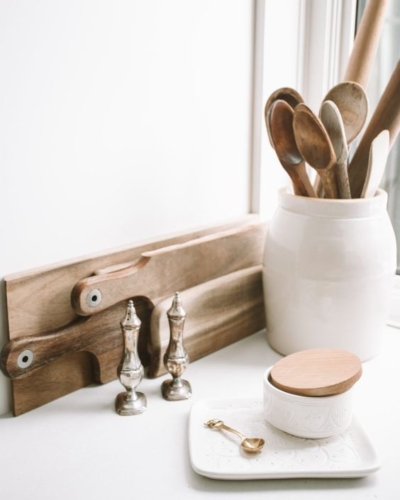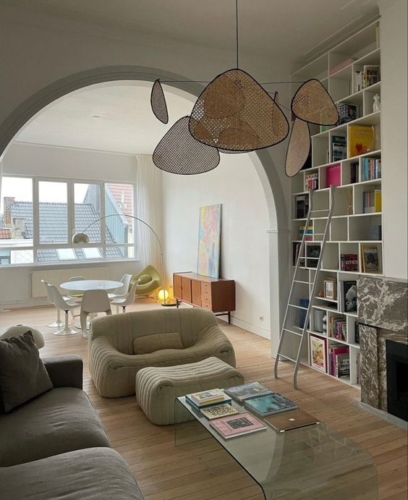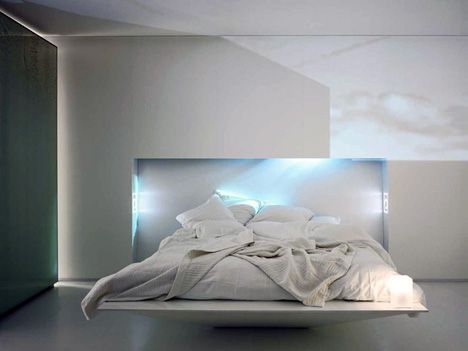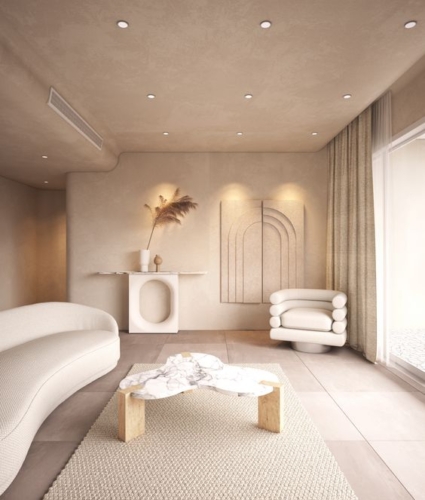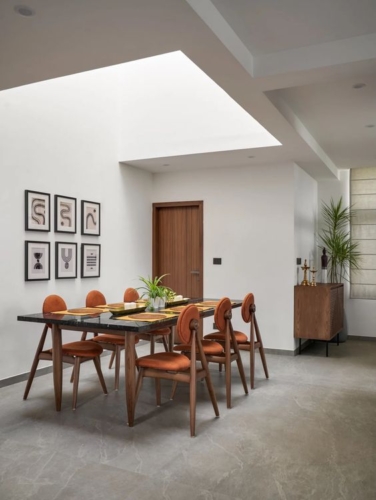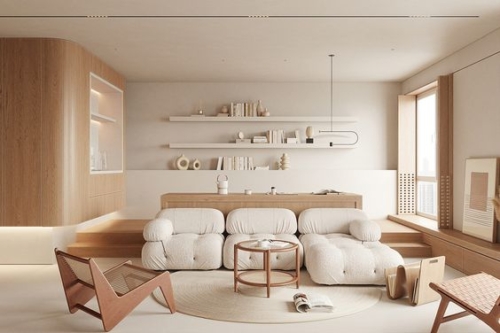In a world of constant change and increasing complexity, the enduring appeal of minimalism is stronger than ever. What began as a design trend has now evolved into a philosophy that celebrates the elegance of simplicity, the art of functionality, and the allure of essentials. As we step into the mid-2023, the landscape of design is undergoing a fascinating transformation, redefining minimalist principles for a new era. This next wave of minimalism is not only about embracing innovative concepts, cutting-edge technology, and sustainable practices but also about staying true to the core essence of simplicity.
In this article, we’ll dive deep into 10 trends that are shaping the future of minimalism in design, capturing the essence of what’s set to dominate the creative landscape in the year ahead.
1. Technological Integration
Technology and minimalism, seemingly divergent realms, are now harmoniously converging. Minimalist designs are embracing the power of smart technology, allowing seamless control over lighting, climate, and entertainment systems. Disappearing televisions and touch-sensitive surfaces are no longer novelties but integral to maintaining the sleek, clutter-free aesthetics that minimalism celebrates. The integration of technology is making our living spaces smarter, more efficient, and surprisingly beautiful.
2. Digital Minimalism
While minimalism originally found its home in physical spaces, the concept has now extended to the digital realm. Digital minimalism advocates for simplifying digital interfaces and interactions, focusing on essential functionalities and reducing unnecessary clutter. In an age of information overload, clean and intuitive user interfaces and simplified apps are at the forefront of this minimalist approach, ensuring that our digital experiences align with the principles of simplicity.
3. Zero-Waste Design
Sustainability and minimalism are natural companions, and in 2023, they’re coming together to shape zero-waste design. This trend emphasizes the creation of products and spaces that generate little to no waste during their lifecycle. Designers are harnessing techniques such as upcycling, repurposing, and the use of eco-friendly materials to minimize the environmental impact of their creations. The result is a seamless blend of sustainability and sophistication.
4. Maximalist Minimalism
An intriguing and seemingly contradictory concept, maximalist minimalism dares to push the boundaries. It encourages creating bold statements within a minimalist framework. Designers are experimenting with unexpected color palettes, intricate patterns, and larger-scale furnishings. By celebrating both simplicity and striking visual impact, this trend redefines the scope of minimalism, proving that it’s not about limiting expression but about enhancing it.
5. Multi-Sensory Minimalism
Minimalism is no longer limited to visual aesthetics alone; it’s becoming a multi-sensory experience. Designers are focusing on engaging multiple senses by using textures, scents, and sounds. Tactile materials, ambient lighting, and thoughtfully curated scents are introduced to create immersive environments that evoke emotions and elevate the overall experience of a space.
6. Mindful Spaces
Mindfulness is taking center stage in design philosophy. The design of spaces is becoming more intentional, with an emphasis on creating environments that promote relaxation, well-being, and mental clarity. Mindful spaces are characterized by simplicity, natural elements, and a lack of distractions, resulting in places that inspire tranquility and harmony.
7. Adaptive Minimalism
Acknowledging the evolving needs of modern living, adaptive minimalism focuses on flexibility and versatility. Spaces are designed to accommodate various functions and activities, allowing for effortless transformations. Furniture with modular designs, collapsible features, and convertible layouts play a pivotal role in this trend, offering solutions that effortlessly adapt to changing requirements.
8. Ethereal Aesthetics
The future of minimalism is all about the interplay between light and space. Designers are using the magic of natural and artificial light to create ethereal, almost dreamlike atmospheres. Transparent materials, sheer fabrics, and reflective surfaces are employed to play with light, resulting in spaces that exude an enchanting and almost surreal quality.
9. Cultural Fusion
Minimalism transcends cultural boundaries and blends seamlessly with diverse design influences. Designers are incorporating global elements, traditional craftsmanship, and cultural motifs into minimalist spaces. This fusion creates a harmonious blend of simplicity and rich heritage, celebrating diversity while maintaining the clean and uncluttered aesthetic minimalism is known for.
10. Emotional Minimalism
Beyond the visual elements, emotional minimalism taps into the power of design to evoke specific emotions. Thoughtful curation of art, objects, and colors is used to create emotional connections, allowing occupants to feel more deeply connected to their surroundings. This trend fosters spaces that resonate on a profound level, enriching the human experience.
As we embark on the journey of mid-2023, the future of minimalism in design promises to be a captivating exploration of innovation, sustainability, and sensory experiences. These 10 trends encapsulate the evolving landscape of minimalism, inviting us to reimagine the possibilities of design. From the integration of technology to the creation of mindful spaces, the trajectory of minimalism is one of continuous enrichment and evolution. By embracing these trends, we not only celebrate the principles of simplicity but also craft spaces that reflect the spirit of the times and the ever-changing desires of those who inhabit them.
Check out Everything You Need to Know About Minimalist Interior Design for more additional inspiration.
About Us:
Founded in 2017, Satin and Slate is one of the elite interior design studios in Southern California. Located in Long Beach, this dedicated team of designers oversees from kitchen and bathroom renovations to commercial projects. Equipped with their own showroom/studio they can satisfy the needs of any client. Featuring clean lines, bright colors and fresh ideas Satin and Slate’s mission is to bring your vision to life and help transform your space into something extraordinary.


